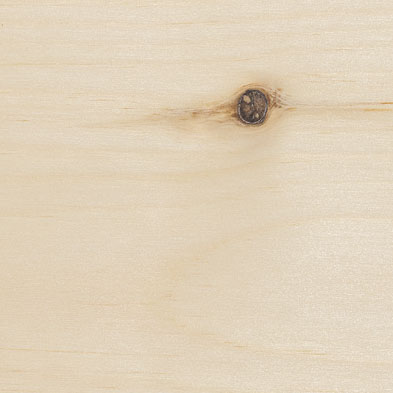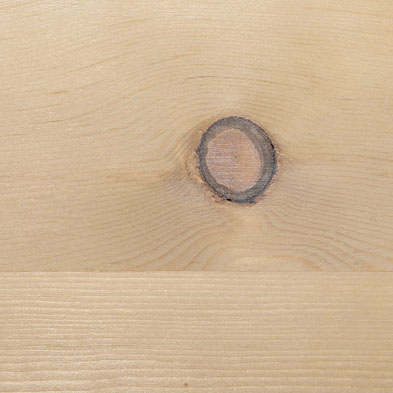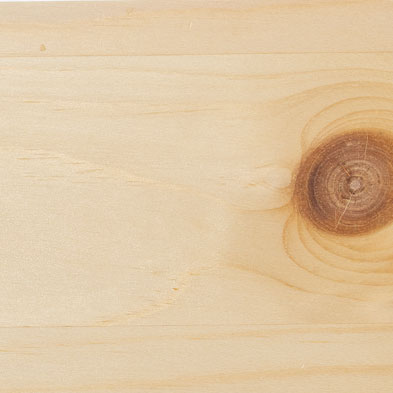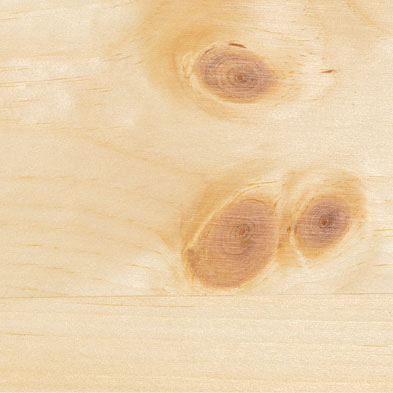Mould is a fungus which naturally occurs in our environment and is usually harmless. However, if mould concentration exceeds a certain limit, exposure can be dangerous. Mould can cause serious health problems in human beings. Many studies have shown that there is a significant correlation between mould in living spaces and various illnesses.
How does mould grow?
Mould reproduce by means of spores, which are invisible to the human eye. Primarily, mould needs moisture, organic substances and warmth to grow. Warm air, which is saturated with water, cannot absorb humidity properly. Cold air from outside is able to absorb water by warming. That's the reason why you should replace warm and humid air with cold, fresh air. Otherwise humid air condenses on lintels, walls and corners, which is then the perfect growth media for mould.
Health effects of mould
In Germany, 30% of allergies are triggered by mould. Hence, mould spores are one of the most frequent indoor allergens. People allergic to mould have respiratory problems, irritated eyes and skin, an increased susceptibility to infection, and extreme fatigue.
Basic rules to avoid mould
- Be aware of your room temperature! Humidity shouldn't exceed 65 to 70 percent and the ideal room temperature is between 19 and 21°C; at night around 17°C.
- Air shortly! Open your window(s) widely two or three times a day for 10 to 15 minutes, especially in winters, to reduce air humidity.
- Avoid constant ventilation (for example tilted windows) when heating your home.
- Don't block outside walls with pieces of furniture and pictures, especially if thermal insulation is insufficient, and don't use heavy curtains.
Should you spot mould in your home despite conforming to these rules, please contact an expert who will investigate possible sources of mould.

































